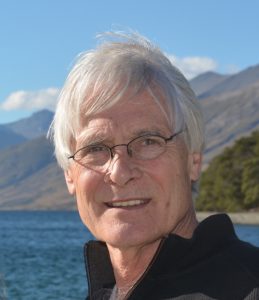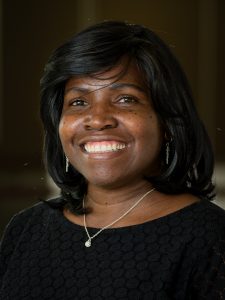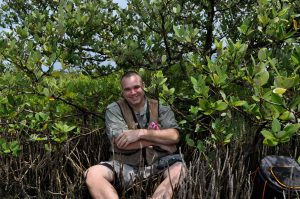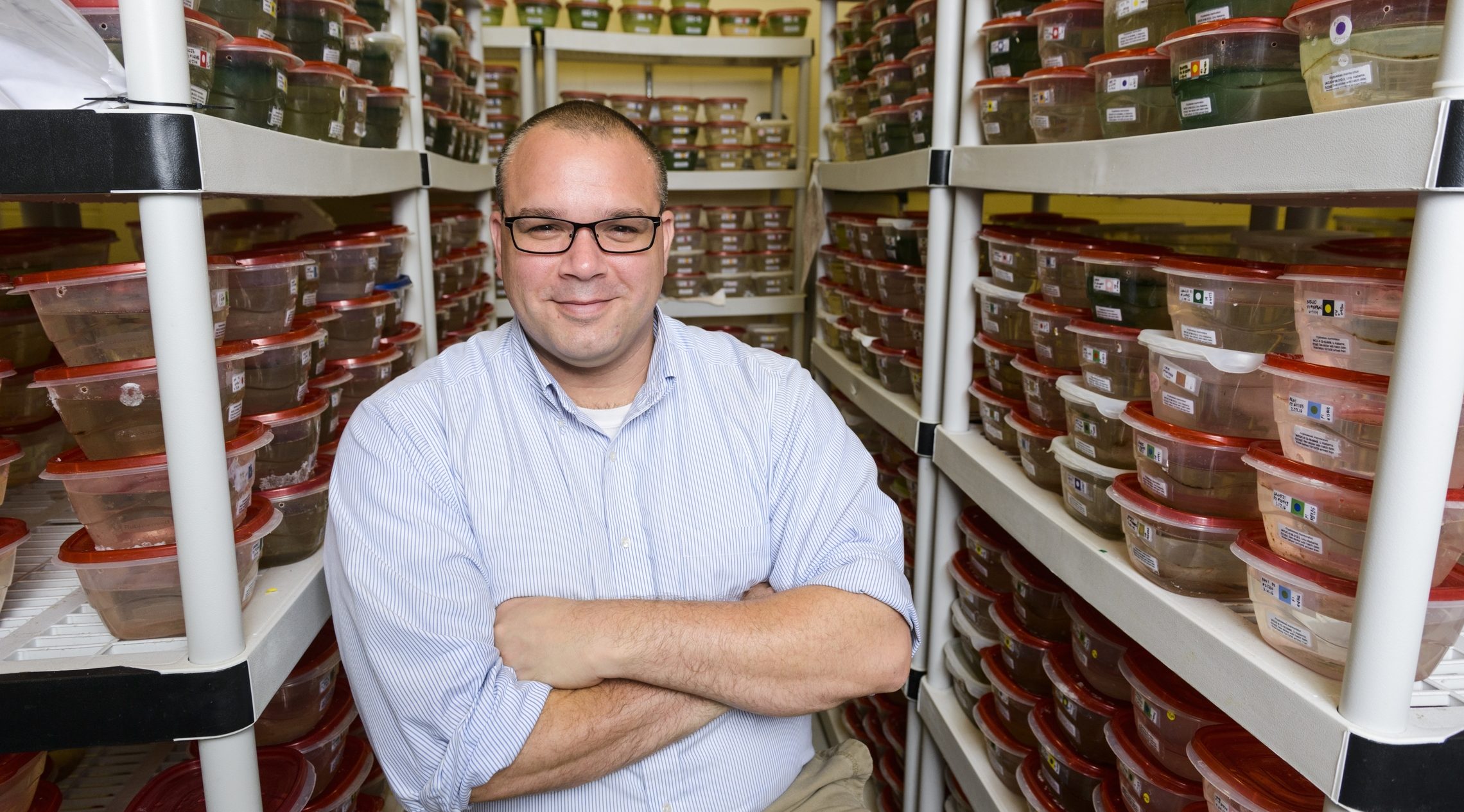
TUSCALOOSA, Ala. – The University of Alabama’s Rodgers Library for Science and Engineering is hosting its fourth annual “Take a Journey in Science” program, which features short talks by University experts about topics in science and nursing.
The goal of the program is to acquaint UA students, faculty and staff as well as the Tuscaloosa-area community with innovative and emerging research in science, engineering and nursing, said John Sandy, head of the Rodgers Library.
“We want to take science, engineering and nursing and bring these subjects to the interest of the entire community,” Sandy said. “These won’t be presentations that a professor would give to a scientific general. They’ll present their research in a way that a general audience can hear and understand.
“We sit here in the Rodgers library and it’s a science, engineering and nursing club. But there are thousands of others out there and it might help to acquaint them with some of the work that our individual scientists and nurses are doing, and with what it is going on in these areas more broadly.”
Each of the four talks in the series starts at 2 p.m. and ends at 2:15 p.m. – the talks are 10 minutes each, and a Q&A will be held immediately after. They will all be held at the Rodgers Library.
The first talk in the series is “The Elusive Evidence of Volcanic Lightning” by Dr. Kimberly Genareau on Tuesday, Feb. 14.
“Cloud-to-ground lightning strikes are known to transform geologic formations and deposits, forming fulgurites (melted and fused earth where the lightning strikes),” said Genareau, an assistant professor of geological sciences. “Similar processes occur as the result of volcanic lightning discharge, when airborne volcanic ash is transformed into lightning-induced volcanic spherules.
“Using laboratory high-current impulse experiments, this research shows that textural evidence of volcanic lightning is the exception rather than the norm.”

The second event in the series is “Breast Cancer Awareness and Survival: A Personal Journey Through Research” by Dr. Mary Ann Kelley on Tuesday, Feb. 21.
Kelley, an assistant professor of nursing, said breast cancer, is the second leading cause of death among women in the United States; 235,000 women are expected to be diagnosed with breast cancer in 2016.
“It is speculated that of the women diagnosed with breast cancer, there will be 30 percent more rural women than urban women in 2016,” she said. “Alabama is considered 90 percent rural. Please join me, as I discuss several research projects related to breast cancer early detection.”
The third event is “Castles Made of Sand: Sand Transport and Why it Matters” by Dr. Douglas Sherman on Tuesday, Feb. 28.
Sherman, who is chair of the geography department, said the movement of sand by wind is one of the least appreciated geomorphological processes that help shape the surfaces of Earth and Mars.
“With sufficient time, however, the erosion, transportation and deposition of individual sand grains results in sculpting a fantastic array of landforms,” he said. “This presentation will survey some of the most iconic dune forms in coastal and arid systems, discuss their origins and present some of the threats posed by ‘killer’ dunes.”
The final event is “Why do Males Exist? Can Hermaphroditic Fish Provide Us With Insight” by Dr. Ryan Earley, associate professor of biological sciences, on Tuesday, March 7.
“Have you ever wondered why both males and females exist?” Earley asked. “Why are ovaries packaged up in one body, and testes in another? When you add to this all of the trouble that it takes to secure a mate — time spent searching and courting and building a rapport — it really causes some wonder.

“Can this little fish tell us something about why there are two sexes… or why, perhaps, there shouldn’t be? Let’s see.”
Contact
Jamon Smith, media relations, jamon.smith@ua.edu, 205/348-4956
Source
John Sandy, jsandy@ua.edu, 205/348-2111
